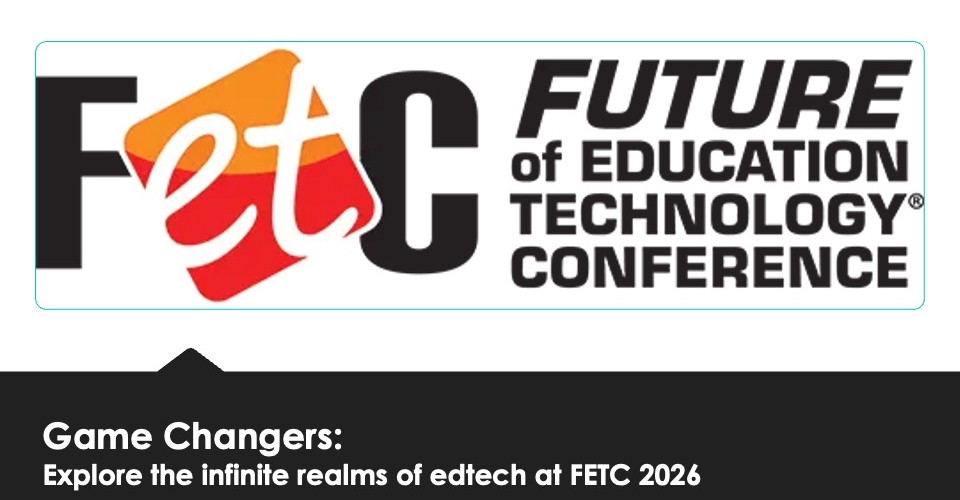As a high school science teacher, I was fascinated with learners and learning to the point that I pursued a PhD in science education focused on how people become effective teachers. I learned that many people go into teaching with views about what good teaching looks like that are different from what the research suggests are best practices. Phenomena-based science instruction is a practice that some teachers may not be comfortable with, likely because it’s not how they were taught science as students.
Their science classes would have had a lecture from the teacher, followed by a lab to verify what the teacher had said was true, and then some practice and activities. But when science instruction begins instead with students having first-hand experiences by investigating phenomena that happen every day in their lives, they have more meaningful and relevant learning experiences.
Phenomena-based instruction can be challenging for some teachers when they begin practicing it. Still, they’ll become more comfortable with the approach with effective PD and ongoing support from administrators.
Why does phenomena-based instruction benefit students and challenge teachers?
Students need to know why the material they’re learning is important. If you can begin science instruction with a phenomenon that exists in students’ lives and inspires questions and curiosity, they won’t ask why the lesson is important. It will be relevant and meaningful to them immediately. I like to say that phenomena don’t have to be phenomenal. All you have to do is find something that happens in their lives and then ask them, “What do you wonder about this?”
There are two big benefits here. Students learn scientific content about things that exist in their lives, and they do it by using scientific practices and critical thinking to uncover the reasons behind the phenomenon. The content comes alive when students use critical thinking skills such as patterns and cause-and-effect relationships for what they notice in the data.
Superintendents in the move: 2 longtime leaders will retire
A common challenge for teachers new to phenomena-based instruction is identifying phenomena. Many people are not even sure what constitutes a phenomenon, and teachers may think that it needs to be so impressive that it seems almost magical. Some educators imagine that a good phenomenon tricks the brain or happens contrary to intuitive thought but, again, phenomena do not have to be phenomenal. An easy phenomenon that I use is, “Why do some things stick to a refrigerator?”
Anyone who has a refrigerator and knows just a little bit about magnets knows that some things stick and some things don’t, which leads to some questions to investigate:
- What properties do magnetic materials have that allow them to stick together?
- Will a soda can stick to a fridge?
- What about coins?
There are all kinds of phenomena in students’ lives that are ripe for scientific exploration. It helps to remember that what constitutes a phenomenon for an adult differs from what constitutes a phenomenon for a child. We have much more context to understand the forces around us, and what seems mundane to a teacher or administrator may well be exciting to a student.
What does high-quality phenomena-based professional development look like?
Administrators can help teachers become comfortable with phenomena-based instruction by providing high-quality professional development. Curriculum resources, such as those from Kognity, will make phenomena-based instruction easier to implement. Teachers still need professional learning to explore how to use the resources and why they are structured the way they are.
In the case of professional development for phenomena-based instruction, teachers’ experiences should mirror the experiences that administrators want them to set up for their students. Even adults who love science enough to become science teachers often hold the same misconceptions about phenomena as their students. When they have the experience of exploring a phenomenon that challenges their thinking and ultimately shifts how they understand the world, even in a small way, they grow not only in their content knowledge but in their understanding of the pedagogical approach behind phenomena-based instruction.
Phenomena-based instruction is essentially just shifting the instructional sequence in a process I call “Explore-before-Explain.” First, students explore science through demonstrations, labs and simulations. Then the teacher offers explanations when confronted with limitations in hands-on experiences or to determine where to go next in the learning storyline.
To help teachers learn about this approach to science instruction, I go to the Denver Museum of Nature and Science every summer. Every year I’m impressed at the phenomena they come up with in their environments.
One teacher is developing an erosion investigation based on the Colorado River running through her state. Others are investigating the unique geologic features of Colorado and the different concepts students can learn about when things happen based on different layers of rock. I was impressed that one Colorado teacher from the workshop was using evidence of the K-T Boundary from a local state park to teach about the extinction of dinosaurs.
Once teachers get their feet under them, they can run with this approach and scale it into amazing learning opportunities that can change their students’ lives.



